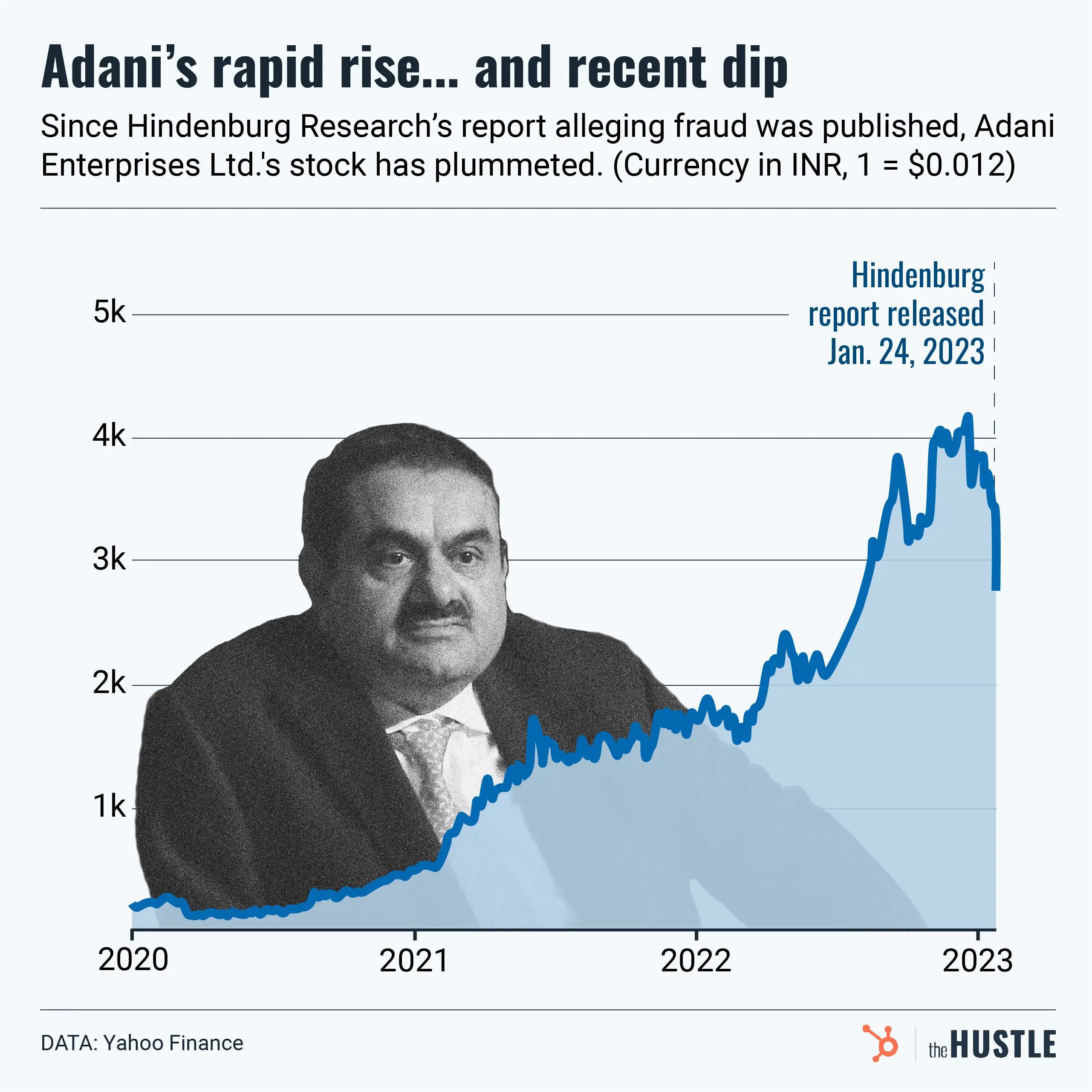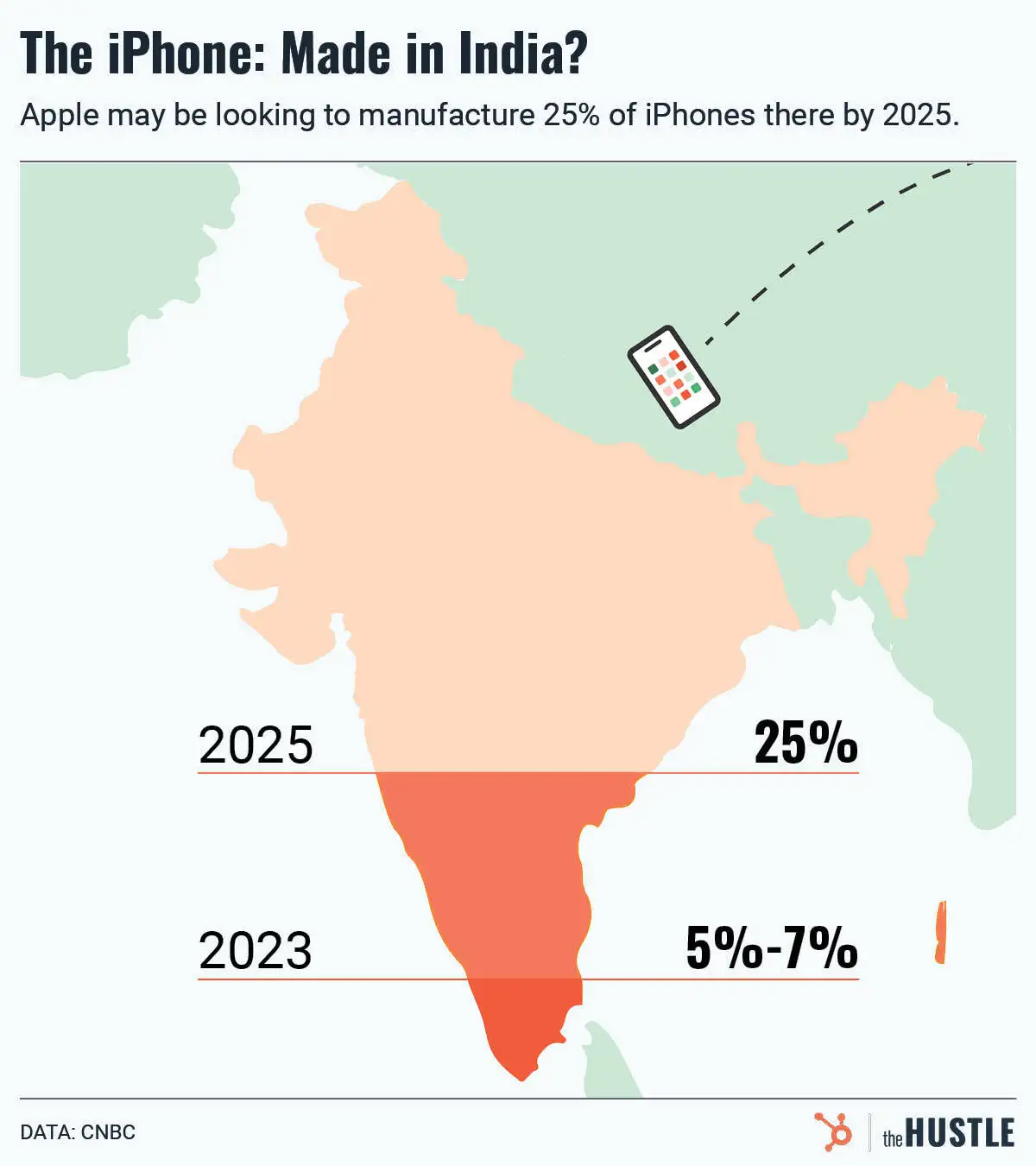A cybersecurity expert recently told The New York Times that the level of volunteer hacking in the Ukraine war is both “bonkers” and “unprecedented.”

But what are these hackers actually doing? And what impact will it have?
Each side has its own hackers
Russia is no stranger to hacking. Microsoft found that Russia was responsible for 58% of all nation-state cyberattacks in 2021, mostly targeting the US, UK, and Ukraine.
Recent attacks have targeted Ukrainian news outlets, government organizations, and a border station admitting refugees into Romania.
But on Feb. 26, Mykhailo Fedorov, Ukraine’s minister of digital transformation, invited aspiring hacktivists — politically motivated hackers — to join its own IT army.
Since then, a Telegram channel providing instructions and Russian websites to target has attracted 302.4k+ subscribers.
What are they doing?
Both sides are launching DDoS (distributed denial-of-service) attacks, which is when websites are flooded with traffic and requests until they shut down.
Ukraine’s targets have included Russia’s government websites, financial institutions and media outlets, as well as Belarusian railways to slow Russian troops.
Ukraine is also keen on spreading antiwar info that shows the scale and devastation of the invasion.
Meanwhile, hacktivist collective Anonymous changed the call sign on Russian President Vladimir Putin’s yacht to “FCKPTN.”
How much impact will this have?
According to cybersecurity expert Lukasz Olejnik, not much when you’re dealing with on-the-ground destruction. Plus, he warns that hacktivism is hard to verify and often overhyped.
And it comes with possible risks, too:
- A malware attack could spread
- Unintended impacts on civilians
- Legal consequences (i.e., you’re probably violating local laws)
- Volunteer hacks could lead to escalation or retaliation…
- Or lead the opposition’s security to allies’ sneakier intelligence operations
However, hacktivists at least seem to have dissuaded pro-Russia ransomware group Conti by leaking 60k internal messages, per Ars Technica, so there’s that.










